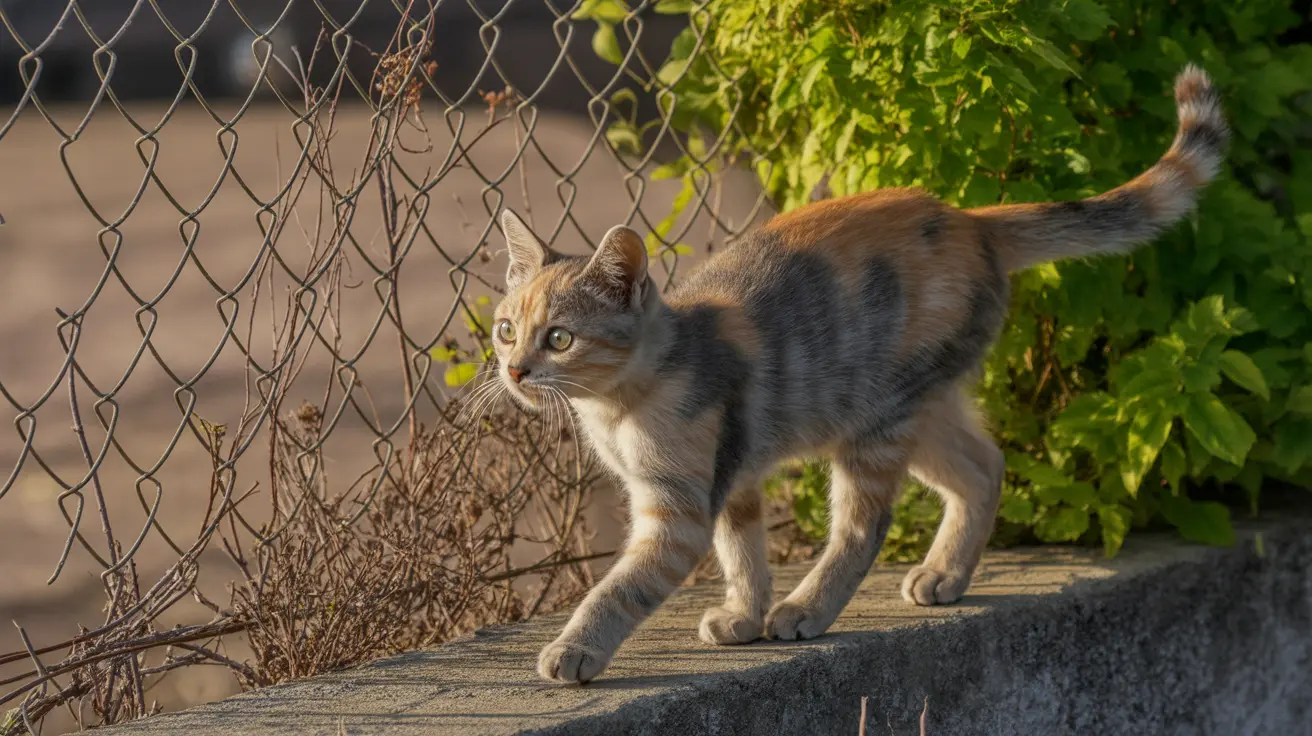How to Train a Puppy Not to Bite
Training a puppy not to bite is an essential part of responsible pet ownership. Puppies naturally use their mouths to explore the world around them, often resulting in mouthing, nipping, or biting behaviors. While normal, these behaviors need to be gently redirected to ensure safe and enjoyable interactions with your pet as they grow.
Understanding Puppy Biting Behavior
Puppies bite for several reasons:
- Exploration – Puppies investigate new objects using their mouths.
- Teething – The discomfort of teething (typically 3–6 months of age) leads to increased mouthing.
- Play – Biting is part of normal puppy play with humans and other animals.
- Communication – Biting may signal feelings such as fear, excitement, frustration, or seeking attention.
Teaching Bite Inhibition
Bite inhibition is the ability to control bite force. Puppies naturally learn this during play with their littermates. If one bites too hard, the other may yelp and stop playing—signaling the bite was too rough. Humans can mirror this learning process through simple techniques:
- Let out a high-pitched “Ow!” when the puppy bites too hard.
- Let your hand go limp and stop playing for a moment.
- Resume play only when the puppy calms down and uses a gentler touch.
- Increase expectations over time, allowing only soft mouthing before pausing play.
Redirection Is Key
Redirecting your puppy’s biting behavior works by providing alternatives to unacceptable biting:
- Offer suitable chew toys or bones whenever your puppy tries to bite your hands or feet.
- Keep a variety of soft tugs, chew items, and rubber toys accessible.
- If the puppy bites during play, switch their attention to a toy.
- For ankle or foot biting, stop moving and give a toy instead.
Reinforce Positive Behavior
Consistently reward calm and gentle play using treats or praise. Reinforcement helps puppies understand what behaviors are expected and appreciated.
Establish a Consistent Routine
Puppies are more likely to bite when they are overly excited, tired, or under-stimulated. To create a supportive environment:
- Provide adequate physical and mental stimulation throughout the day.
- Make sure the puppy gets enough nap time, especially if they become nippy when tired.
- Schedule regular meals to avoid hunger-related irritability.
- Incorporate training and play sessions to satisfy their need for engagement.
Using Time-Outs Wisely
Sometimes, repeated biting may require a time-out. If redirection doesn’t work:
- Calmly remove the puppy from the situation.
- Use a quiet, safe space designated for a brief 30-second separation—never use the crate, which should remain a positive area.
- Use a lightweight leash if necessary to guide the puppy without creating frustration.
Importance of Socialization
Socializing your puppy with other dogs is crucial for learning bite control and appropriate behavior. Organized puppy classes, group playdates, or supervised dog park visits can teach essential skills.
Recognizing Problematic Biting
Sometimes biting stems from fear or frustration rather than play. Signs include:
- Stiff body language
- Snarling, growling, or showing teeth
- Unusually hard bites
If this occurs, avoid raising your voice. Hold the puppy gently and calmly wait until they settle. Consult a professional dog trainer or behaviorist for more guidance.
What to Avoid
- Never allow your puppy to chew on your fingers or toes, even in play.
- Avoid jerking your limbs away—it can excite the puppy further.
- Do not use physical punishment, which can damage trust and prompt aggression.
- Refrain from squealing if it excites rather than deters your puppy.
When to Seek Help
If mouthing and biting persist beyond six months, or if aggression is suspected, seek professional assistance. Early intervention can prevent escalation and ensure a happy, well-adjusted pet.
Conclusion
Most puppies will outgrow the biting phase with consistent training, patience, and proper guidance. Establishing clear boundaries, using positive reinforcement, and providing plenty of stimulation are the foundations of a successful training strategy. With the right approach, you can help your puppy mature into a well-behaved and loving companion.





